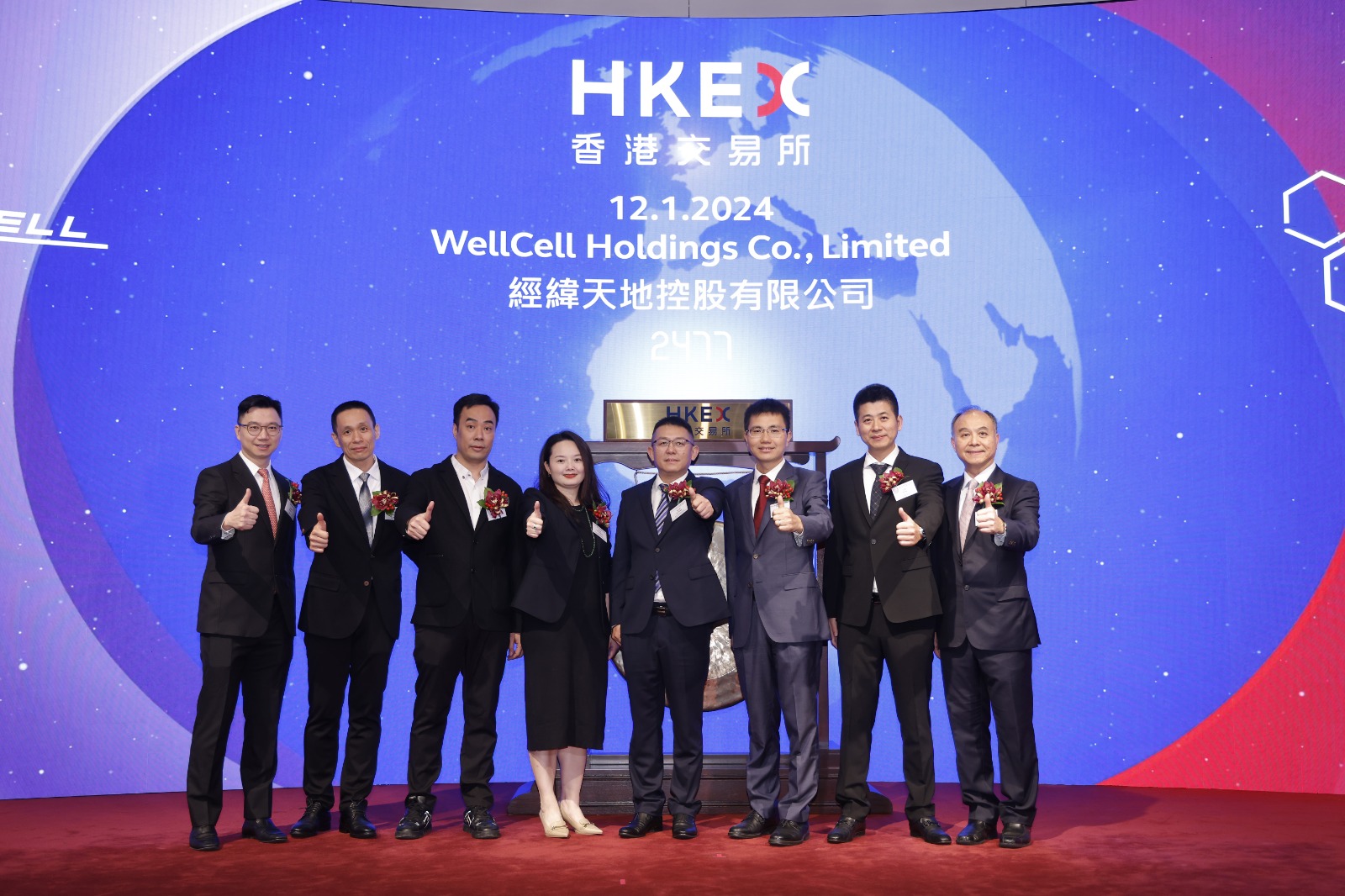Chen Yingjian, a business manager of the company in charge of cargo imports in Dongxing, said the company has benefited from the preferential tariff policies under the China-ASEAN Free Trade Agreement (CAFTA) implemented in 2010, while the Regional Comprehensive Economic Partnership (RCEP) has further lowered their duty costs.
Among all the goods for which the company declared duty with Dongxing Customs, the value of those that were granted tax breaks amounted to 2.5 million U.S. dollars in the first eight months this year, according to Chen.
Connected by both land and sea, China and the Association of Southeast Asian Nations (ASEAN) have enjoyed ever-growing trade ties over the years, with the CAFTA and the RCEP helping cut trade costs and boost supply chain construction between China and ASEAN.
The RCEP is comprised of 15 members – the 10 ASEAN member states, China, Japan, the Republic of Korea, Australia, and New Zealand. The RCEP was signed in November 2020 and went into effect on Jan. 1, 2022, with the aim of gradually eliminating tariffs on over 90 percent of goods traded among its members.
Official data shows that the bilateral trade volume between China and ASEAN had increased from about 100 billion U.S. dollars in 2004 to 975.34 billion U.S. dollars in 2022. China has been ASEAN’s largest trading partner for 14 consecutive years, while ASEAN has been China’s largest trading partner for three consecutive years.
As of July, two-way investments topped 380 billion U.S. dollars, while more than 6,500 enterprises with direct investment from China had been established in ASEAN.
The China-ASEAN Expo (CAEXPO), a key platform to promote and facilitate the flow of goods between China and ASEAN, has witnessed Vietnamese durian, Thai mangosteen and Indonesian coffee becoming sought-after items among Chinese consumers over the past 20 years.
Benjamas Tanvetyanont, Thai consul-general in Guangxi’s regional capital of Nanning, said the CAEXPO serves as a huge boost for the building of CAFTA and the implementation of RCEP, broadening the space for regional economic cooperation and injecting great impetus into regional prosperity and stability.
“As the dividends from the RCEP continue to emerge, the construction of the China-ASEAN Free Trade Area is forging ahead, which will cement the roles of China and ASEAN as each other’s largest trading partner,” said China’s Vice Minister of Commerce Li Fei.




